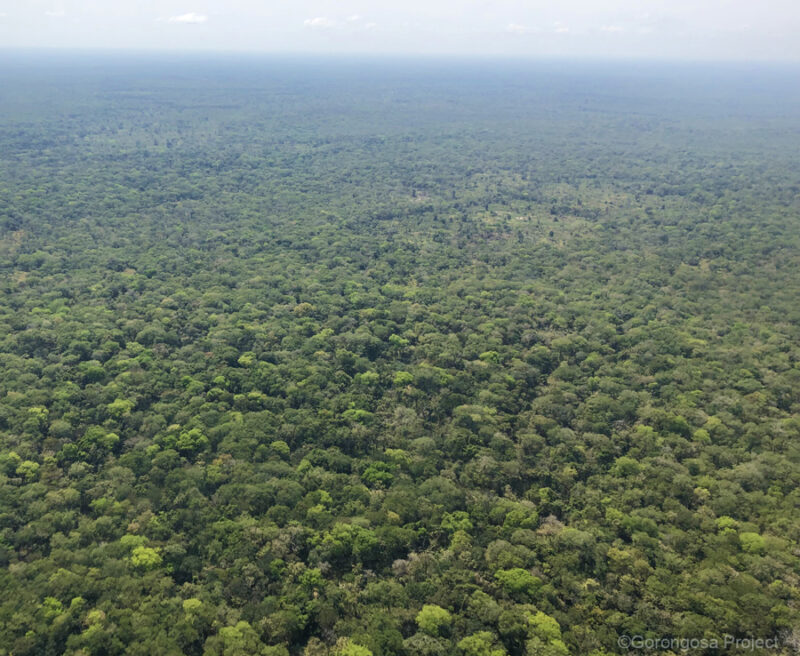MISSION
The Gorongosa Project team in Mozambique aim to advance an integrated multi-partner approach to conservation and to people-centred development. The protection of Gorongosa National Park’s biodiversity and ecosystem services is a core part of the Project’s mission. Our partner also unlocks the park’s economic potential for the community inhabitants of the Gorongosa Buffer Zone in Mozambique’s Sofala Province and further afield.
By balancing the needs of people and wildlife, Gorongosa Project hopes to create an immense, unfenced, connected mosaic of protected areas in central Mozambique. A large and multi-faceted organisation, the Project is involved in a number of conservation and development programmes, including habitat management, species reintroductions, social health, environmental education, sustainable development, and gender-focused projects.



